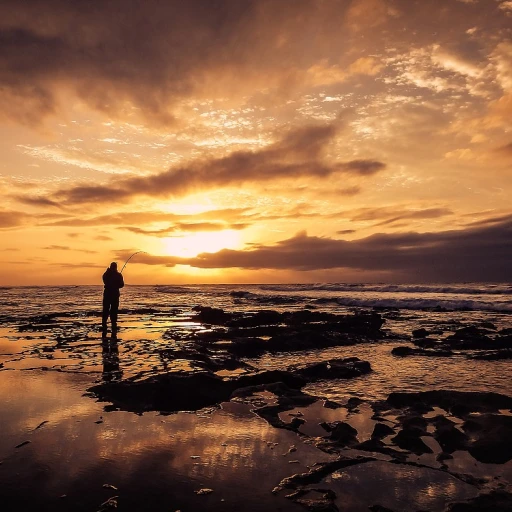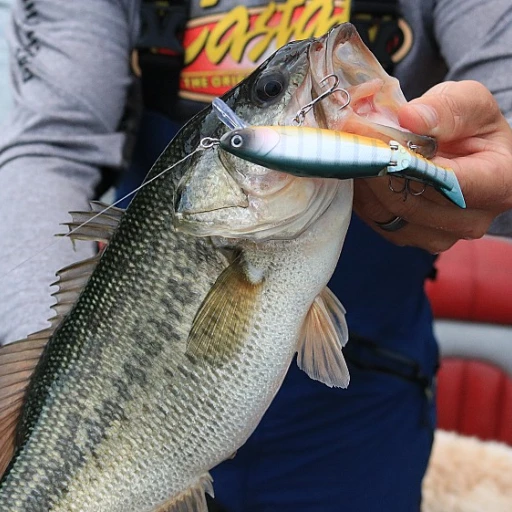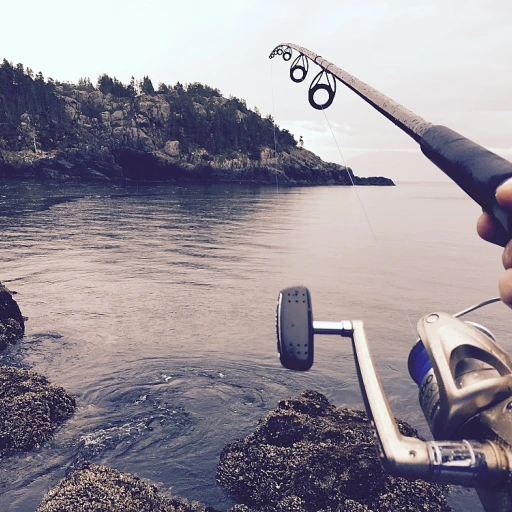Understanding the Best Fishing Times
Timing Your Fishing Ventures
Embarking on a fishing trip is always an exciting endeavor, particularly when you aim to reel in the big one. One crucial aspect that can significantly impact your success on these ventures is recognizing the optimal times to fish. Experienced anglers attest to the importance of timing; understanding when fish are most active is key to a fruitful outing.
Many factors influence the best times to fish, including tide patterns, lunar phases, and local weather conditions. Fish are more likely to feed during specific windows, often coinciding with dawn and dusk, when water temperatures are ideal and aquatic life is most active. It's worth noting the cyclical nature of feeding times, which can also be swayed by seasonal changes.
Evaluating weather patterns can offer additional insights into the best fishing times. Overcast days, for instance, often present favorable conditions, as decreased light levels encourage fish to venture closer to the surface. Storm activity can stir baitfish into action, in turn attracting larger fish species.
When planning your next angling adventure, consider these timing cues to optimize your potential for landing a catch. If you find yourself curious about the intricacies of fish behavior, explore whether
fish anatomy reveals more about these fascinating creatures. Developing an intuitive sense for timing, paired with a knowledge of ideal fishing spots and the right techniques, further enhances your fishing prowess.
Top Fishing Spots Near You
Finding Your Perfect Fishing Spot
When it comes to angling success, location is just as important as timing. With a myriad of fishing spots available, each with its own unique characteristics and species, choosing the right location can truly enhance your fishing experience. Whether you're casting a line in a local freshwater lake or venturing to a coastal pier, understanding the nuances of your fishing environment can make all the difference.
Start by researching popular fishing forums or apps that give firsthand accounts and updates on local fishing conditions. These platforms can be a treasure trove of information sharing details about water temperatures, fish activity, and even secret fishing spots that locals favor. Additionally, local bait and tackle shops are invaluable resources. The owners not only stock the best gear for these spots but also tend to have a wealth of knowledge regarding local fish behavior and the best places for a productive day on the water.
Consider the type of fish you're aiming to catch, as some species thrive in specific environments. For example, bass fishing is often more fruitful in freshwater lakes and streams, while saltwater fishing can reward you with a diverse bounty from the ocean. If you're interested in a particular species, like catfish, their specific habitats may influence your choice of fishing spots as well.
Remember, exploration and patience are key. Don't hesitate to try different locations and ask fellow anglers for advice. Over time, you'll build a list of favorite spots that promise the thrill of the catch.
To complement your fishing adventures, consider how to elevate your culinary experience with your fresh catch. Luckily, there's no shortage of easy fish recipes to try. And if you're looking to try something really delicious, learn about
this flavorful cooking method that highlights the unique taste of your freshly caught fish. It's a surefire way to savor the fruits of your fishing labor.
Choosing the Right Bait and Tackle
Tailoring Your Choice of Bait and Tackle
Selecting the right bait and tackle is crucial for enhancing your fishing experience and increasing your chances of success. The optimal choice depends on a variety of factors, including the type of fish you’re aiming to catch, the season, and the location where you plan to fish. When targeting specific fish like bass or trout, doing some homework on their preferences will pay off in spades.
Firstly, consider the time of year, as fish diets can change with the seasons. Spring and fall may call for lively bait, such as minnows or leeches, while summer might be better suited for worms and artificial lures. The environment, whether freshwater or saltwater, also plays a pivotal role in bait selection. In particular, saltwater fishing often benefits from larger, more robust tackle due to the size and strength of the fish.
Moreover, your choice of tackle should reflect your personal fishing style and skill level. Beginners might want to start with a simple setup, like a spinning rod and a basic reel, before progressing to more specialized equipment. For more on how to choose the ideal knot for your tackle, check out our guide on the
easiest fishing knot for both novices and seasoned anglers.
Lastly, keeping up with advancements in fishing technology can also lead to improved results. Modern sonar and fish finders, for instance, can revolutionize the way we approach fishing strategies. However, no matter how sophisticated your gear is, the foundation of enjoying a successful outing lies in an informed choice of bait and tackle, complementing your understanding of
record-breaking fishing tales and using them as inspiration to refine your methods further.
Cooking Your Catch: Easy Fish Recipes
Simple Fish Dishes Anyone Can Make
Catching a fish is just half the joy; the other half is savoring it in a delicious meal. Whether you're a culinary newbie or a seasoned chef, cooking your freshly caught fish can be a delightful endeavor, allowing you to taste the fruits of your labor.
Imagine you've just reeled in the bounty you skillfully selected the right
fishing gear for. Now, let's turn those freshly caught fish into mouth-watering dishes with ease!
Fresh Fish Storage Tips
Before diving into flavorful creations, ensuring your fish is fresh is key. Upon catching, keep your fish on ice or in a cooler to maintain its freshness. This not only preserves the taste but enhances the quality of the meal you're going to prepare. A quick rinse with cold water before cooking can further maintain the fish’s pristine condition.
Pan-Frying for Beginners
Pan-frying is one of the simplest and most rewarding ways to prepare fish. It requires minimal ingredients and allows the natural flavors of the fish to shine through. Here's a basic method to try:
- Pat the fish dry with a paper towel. Season with salt, pepper, and a dash of lemon.
- Heat a tablespoon of oil in a pan over medium-high heat.
- Place the fish in the pan, skin-side down, and cook for about 3-4 minutes until the skin is crispy.
- Flip the fish and cook for another 2-3 minutes until it flakes easily with a fork.
Serve your crispy fish with a side of fresh greens or a squeeze of fresh lemon for an unbeatable combination.
Baking Your Catch
Another popular method is baking, which is both healthy and simple. It allows you to infuse the fish with an array of flavors using herbs and spices. Here's a straightforward recipe:
- Preheat your oven to 375°F (190°C).
- Place fish fillets in a greased baking dish.
- Drizzle olive oil and sprinkle herbs such as dill or thyme, along with garlic for extra zest.
- Cover with aluminum foil and bake for 15-20 minutes until the fish is opaque and flaky.
Pair it with seasonal vegetables for a wholesome, nutritious meal.
Exploring Exotic Flavors
If you want to venture beyond the basic, delve into exotic recipes that bring out the best in your catch. This might involve exploring international cuisines or trying new spice blends. Check out some
delicious recipes inspired from around the world.
Bringing your catch to the table not only crowns your fishing adventure but also opens a gateway to exploring culinary delights effortlessly. With these simple recipes, appreciate your fishing successes in the most flavorful way possible.
Fishing Techniques for Beginners
Essential Techniques to Kickstart Your Fishing Journey
Embarking on a fishing adventure can be incredibly rewarding, but if you're a beginner, you might feel overwhelmed by the myriad of techniques and strategies to learn. Fear not, as we've tailored this guide to help you get started with some foundational fishing techniques designed for newcomers.
First, let's talk about casting. Mastering the basics of casting is crucial, whether you're fishing in calm river waters or a bustling lake. Start with the overhead cast; it’s a simple and effective method to get your line into the water without much fuss. With your rod held comfortably, raise it to a vertical position and flick it forward with a smooth motion. Practice this a few times in an open space to get the hang of it before heading to the water.
Next, understanding the intricacies of bait presentation is key to attracting those curious fish. As we discussed in the previous section regarding the choice of bait, how you present it is just as important as the type itself. Try to mimic the natural movement of the prey—small twitches or a steady slow retrieval can often tempt a hesitant fish.
When it comes to handling your catch, always be mindful of local fishing regulations, as they ensure sustainable fishing practices. Handle fish with wet hands to protect their delicate scales, and release any unwanted catch promptly and humanely, ensuring they are not harmed in the process.
Finally, practice patience and observation. Fishing is as much about enjoying the outdoors as it is about the catch. Pay attention to the behavior of fish in the water, as well as any changes in weather and water conditions—they can offer clues to optimize your fishing techniques.
Learning these fundamental techniques will serve you well on your fishing expeditions. As always, practice makes perfect, so seize every opportunity to refine these skills for a successful and enjoyable fishing experience.
Understanding Fishing Regulations
Navigating the Landscape of Fishing Regulations
Whether you're a fishing enthusiast or a budding angler just getting started, understanding the web of fishing regulations is crucial to maintaining not only the health of our aquatic ecosystems but also ensuring an enjoyable fishing experience. Regulations can seem daunting at first glance, with a myriad of rules that vary by location, species, and season. However, with a bit of insight and planning, you can easily navigate this essential aspect of fishing with confidence.
Each region may have its own set of guidelines regarding fishing licenses, catch limits, and closed seasons, among other things. These rules are designed to prevent overfishing and ensure sustainable fish populations. Before heading out to your chosen fishing spot, it's vital to check the local regulations specific to that area. For instance, some places might have a catch-and-release policy for certain species during their breeding season, while others might allow you more freedom with your catch, perfect for trying your hand at different recipes as mentioned earlier in easy fish recipes.
One of the key components of responsible fishing is knowing what species you're allowed to catch and the acceptable size or quantity. This ensures that fish populations remain healthy and plentiful for generations to come. As you improve your fishing techniques, remember that staying informed and compliant with regulations is part of being a responsible angler.
For beginners, understanding fishing regulations might take some time, but it is well worth the effort. Being aware of these rules will not only protect our water bodies but also enhance your reeling experience by keeping you on the right side of the law while providing you the satisfaction of ethical fishing. By intertwining your fishing skills with regulation knowledge, you’ll find your journeys on the water more enriching and rewarding.
Next time you're planning a fishing trip, take a moment to check the latest guidelines. Local fishing shops and online resources are great places to gather this information, ensuring you’re not only prepared with the right bait and tackle but also equipped with the knowledge to fish ethically and legally.

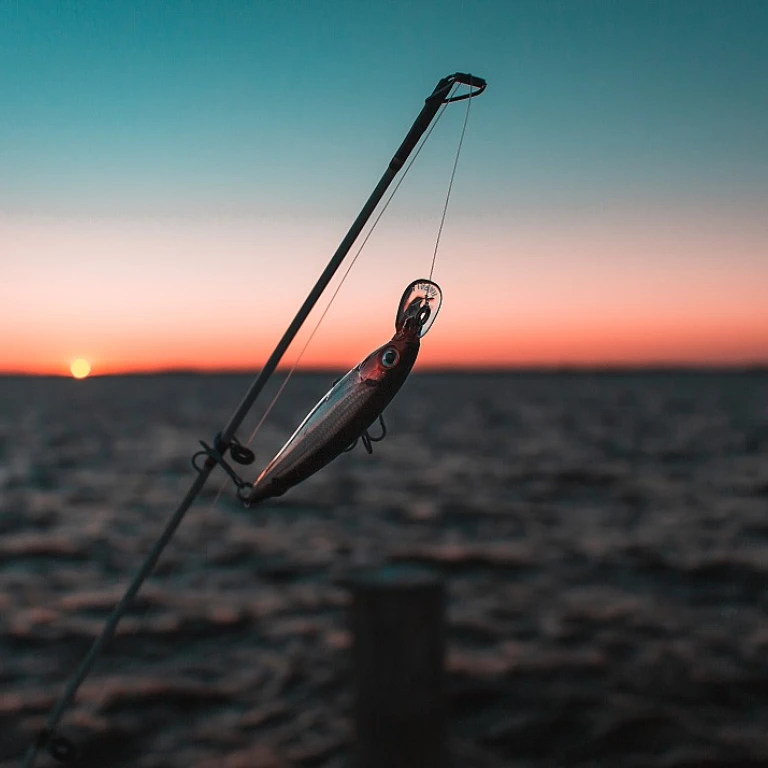
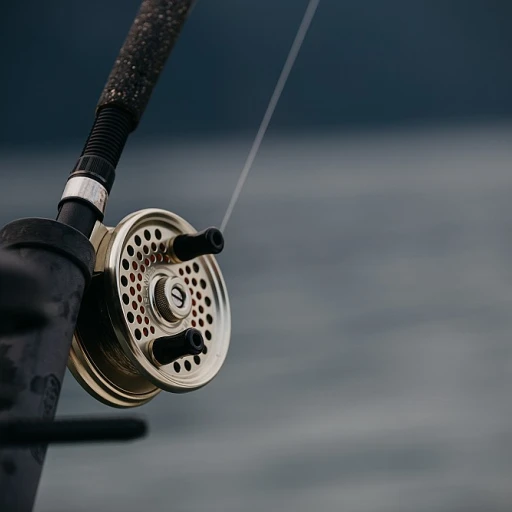
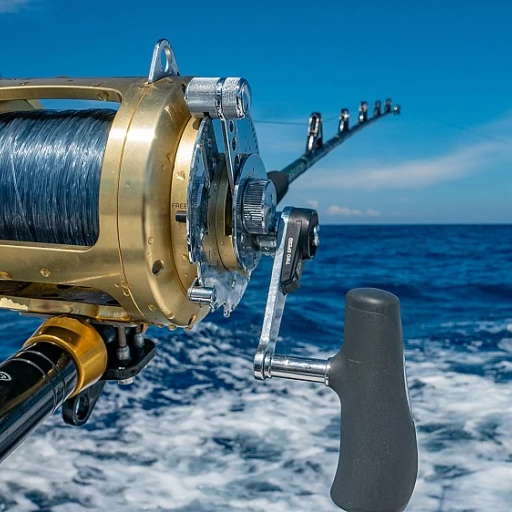
-large-teaser.webp)
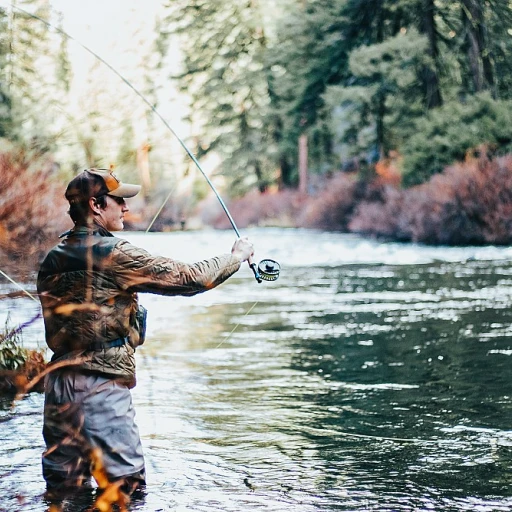
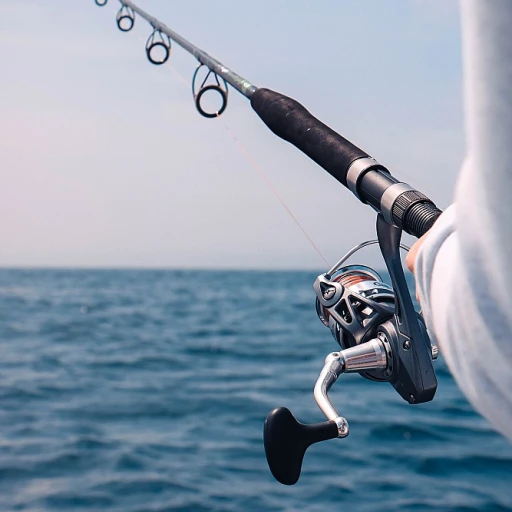
-large-teaser.webp)
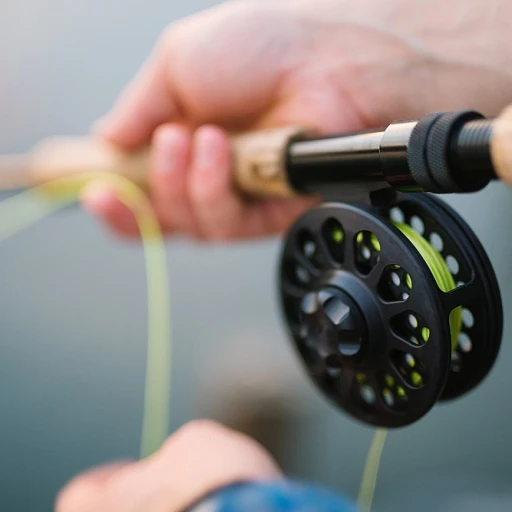
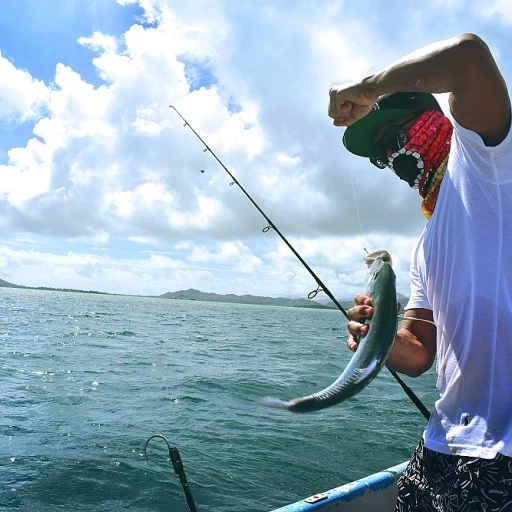
-large-teaser.webp)
